Detour #212: Hounding the Beasts of Dartmoor in a KAMM 912c, UK
Howling along the moorland roads in a race-ready classic Porsche, Nik Berg seeks out the legends of Dartmoor.
“Yes, the setting is a worthy one. If the devil did desire to have a hand in the affairs of men,” so wrote Sir Arthur Conan Doyle in The Hound of the Baskervilles.
In Sherlock Holmes’ greatest adventure the detective is called to Dartmoor to investigate reports of a hell hound that killed Sir Charles Baskerville and to protect his son Sir Henry from meeting a similar fate.
While Holmes was driven purely by fact, his creator Conan Doyle was quite the occultist, so it’s no wonder he was attracted to the moors of Devonshire.
For here every Tor has a tale. The local lore is full of battles between giants, of witches covens and devil riders. Even as recently as 2010 there were stories of a beast (or beasts) roaming the moor, taking sheep and terrifying campers.
The only beast on Dartmoor right now though is a racing green KAM Manufaktur Porsche 912c. It’s a classic that’s been reborn as a race-car for the road, stripped back to the bare essentials, with carbon fibre replacing steel at almost every opportunity to save weight. There’s Lexan plexiglass in the windows, AP Racing brakes, Tilton pedals and a four-point harnesses in lieu of seatbelts.
Even more notably its four-cylinder flat four-engine has the highest specific output of any air-cooled street motor, delivering 95bhp per litre for a total of 190bhp. I suspect it may also have the highest noise output of any air-cooled street motor as well.
“It came with the wind through the silence of the night, a long, deep mutter, then a rising howl, and then the sad moan in which it died away. Again and again it sounded, the whole air throbbing with it, strident, wild and menacing.”
Conan Doyle was writing about the Hound of course, but his description could equally describe the sound of the 912c’s engine. It needs to be kept in a narrow power band between 5,000 and 7,000 revs to truly perform, below that and, despite the car’s paltry 750kg weight, it whimpers a bit.
On the A38 down from Exeter where I start my beastly drive I cruise along in fifth gear to diminish the din, but once on to the B3357 I only need second and third. The ’box has a dog-leg first gear for pulling away, but then swapping gears on the fore-aft plane is swift and smooth.
It’s an undulating and entertainingly wiggly drive that highlights the 912c’s wonderful unassisted steering, its superb brakes and its overall lightness of being.
Cutting north I pass the turn off to Hound Tor, a group of rocks said to be hounds turned to stone by a vengeful witch and which inspired Conan Doyle’s story.
At Batworthy I turn left onto the B3212 – cutting right across the centre of Dartmoor. It’s a fabulous road, with glorious views and long straights, punctuated by kinks and corners and rapid elevation changes to keep you on your toes. There’s a 40mph speed limit for the safety of the real free-roaming beasts – the sheep, ponies and cattle that graze on the abundant greenery – so care is needed.
Although it’s a little off the circular route I’d planned I take a small detour to Princetown to take a distant look at Dartmoor prison. Opened in 1809 it was built to house prisoners of the Napoleon Wars, but later became known as one of Britain’s most secure jails. Conan Doyle includes a side-plot featuring an escaped convict, while in reality Frankie “Mad Axeman” Mitchell did actually escape in 1966, triggering a massive manhunt on the moor. It’s an imposing stone-grey complex but only houses low-risk inmates today.
I retrace my steps to Two Bridges and turn right onto the B3357 passing through Dartmeet, Spitchwick and Buckfastleigh. Buried in the graveyard of the ruined Holy Trinity church is squire Cabell, who is believed to be Conan Doyle’s inspiration for Jack Stapleton, the controller of the hound. A violent and cruel man, his coffin was sealed with a slate lid to prevent his spirit escaping.
Another detour over some particularly narrow lanes that can’t have changed since Conan Doyle’s days is the Old Church House Inn. This haunted 13th Century coach house is where the author would drink and listen to the moor stories that informed his writing. Unfortunately, it’s closed, open only for advance bookings, so this writer doesn’t get to stand in the great man’s shoes and prop up the bar.
A short run back to the A381 and the return to Exeter leaves Dartmoor behind in my mirrors but never to be forgotten.
Conan Doyle was certainly not mistaken when he wrote: “The longer one stays here the more does the spirit of the moor sink into one’s soul, its vastness, and also its grim charm.”
Words Nik Berg Twitter | Instagram
Photography Nik & Max Berg
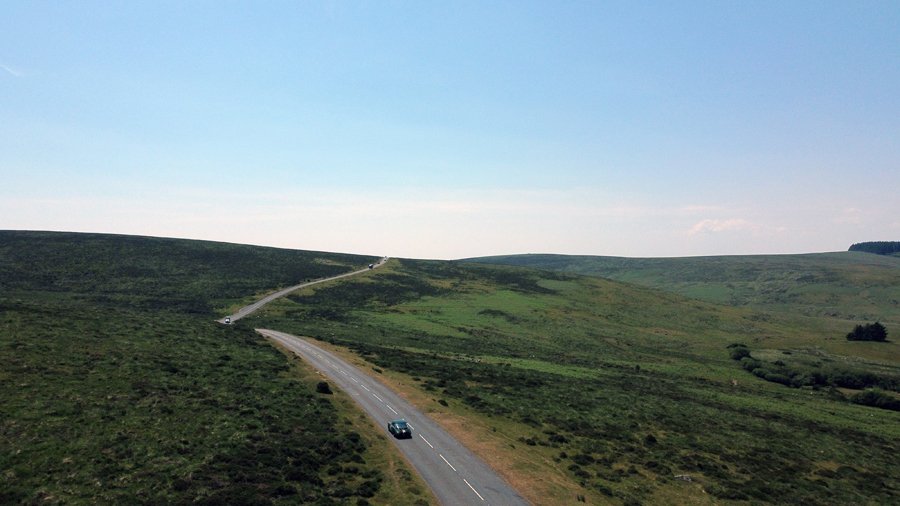
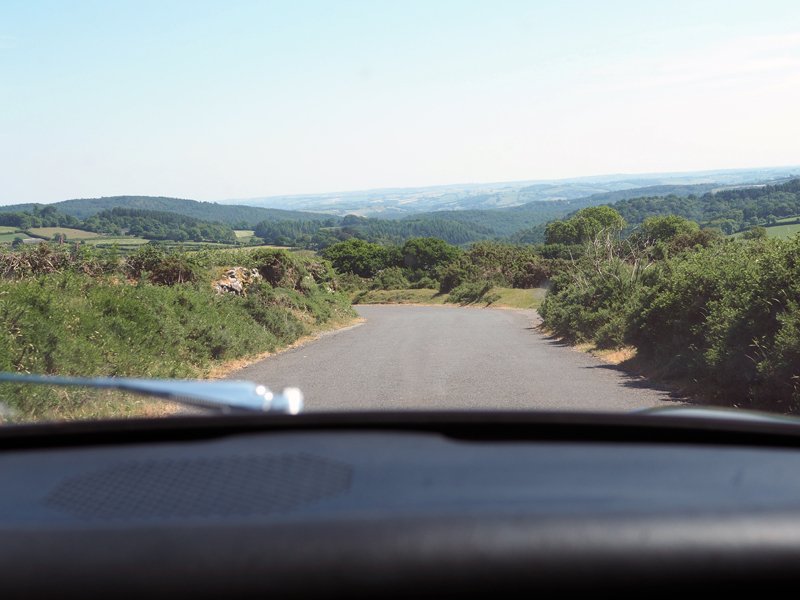
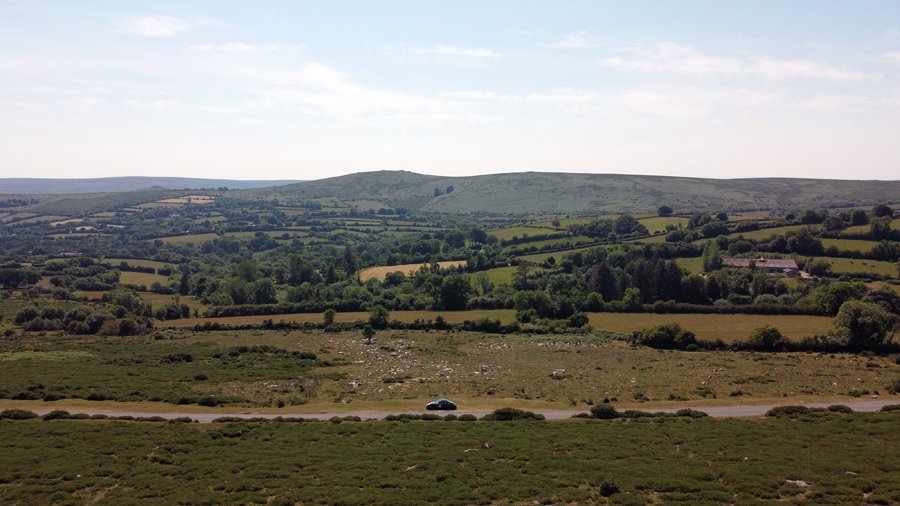
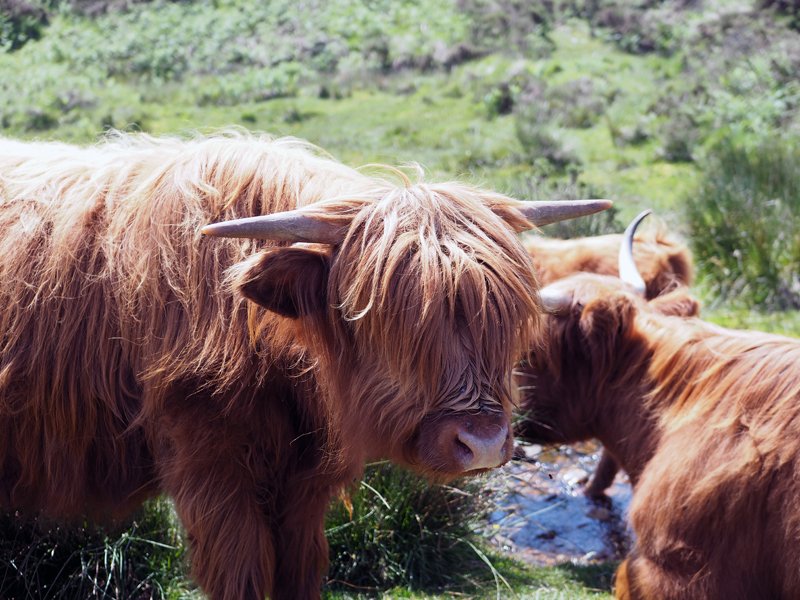

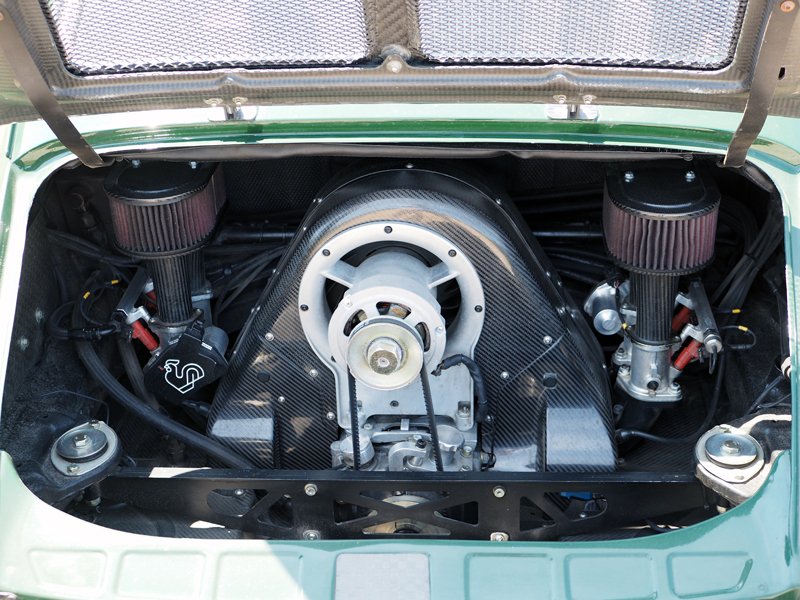



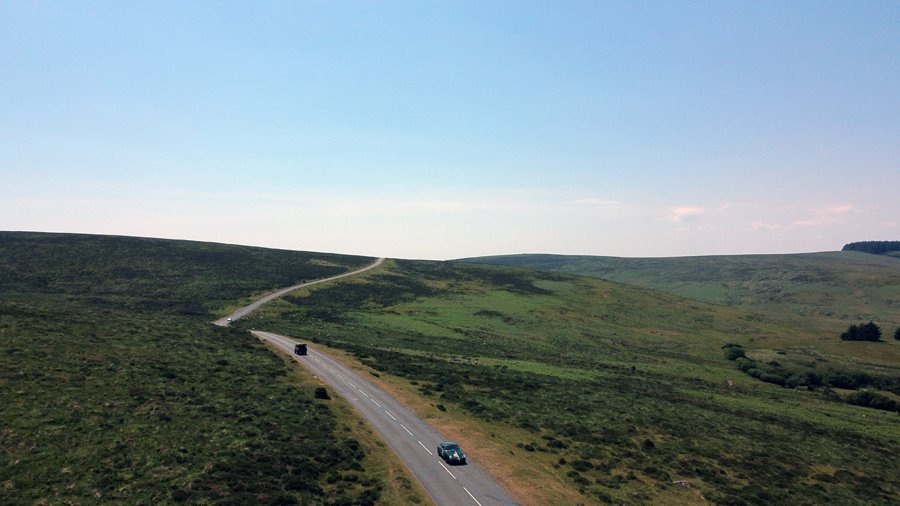



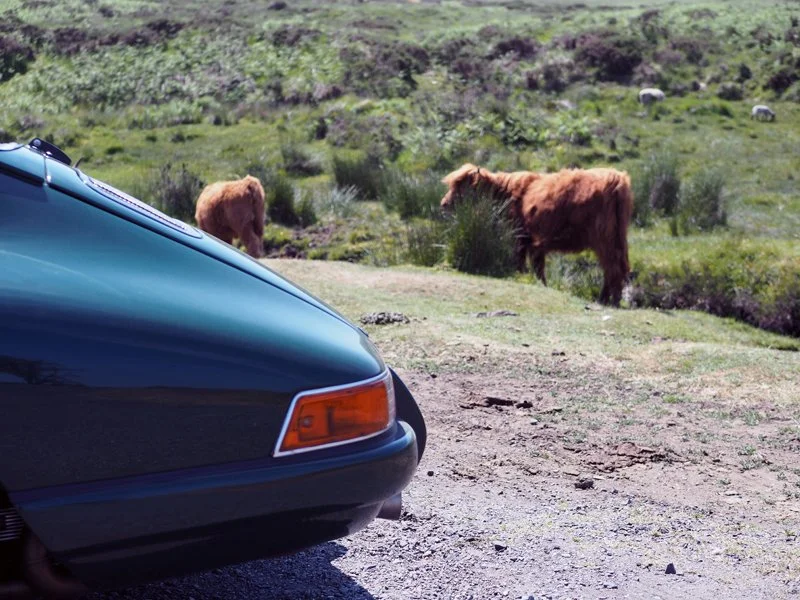
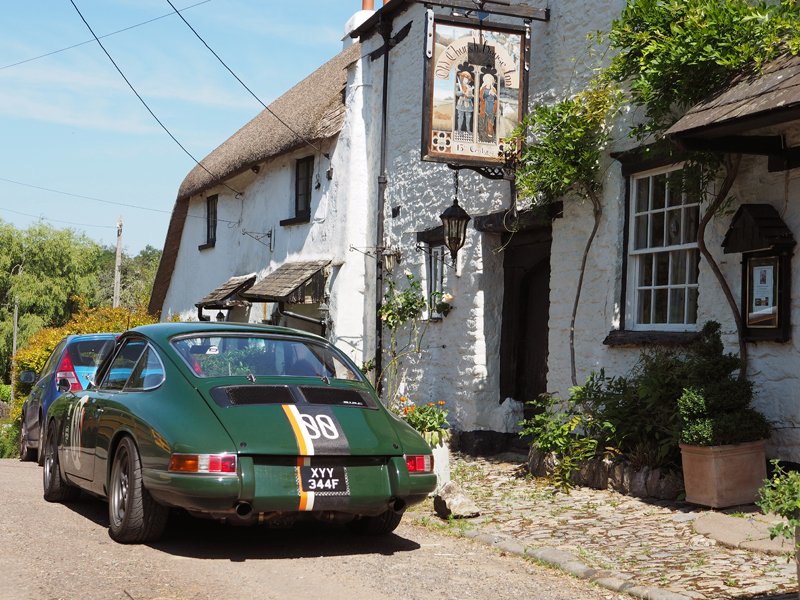
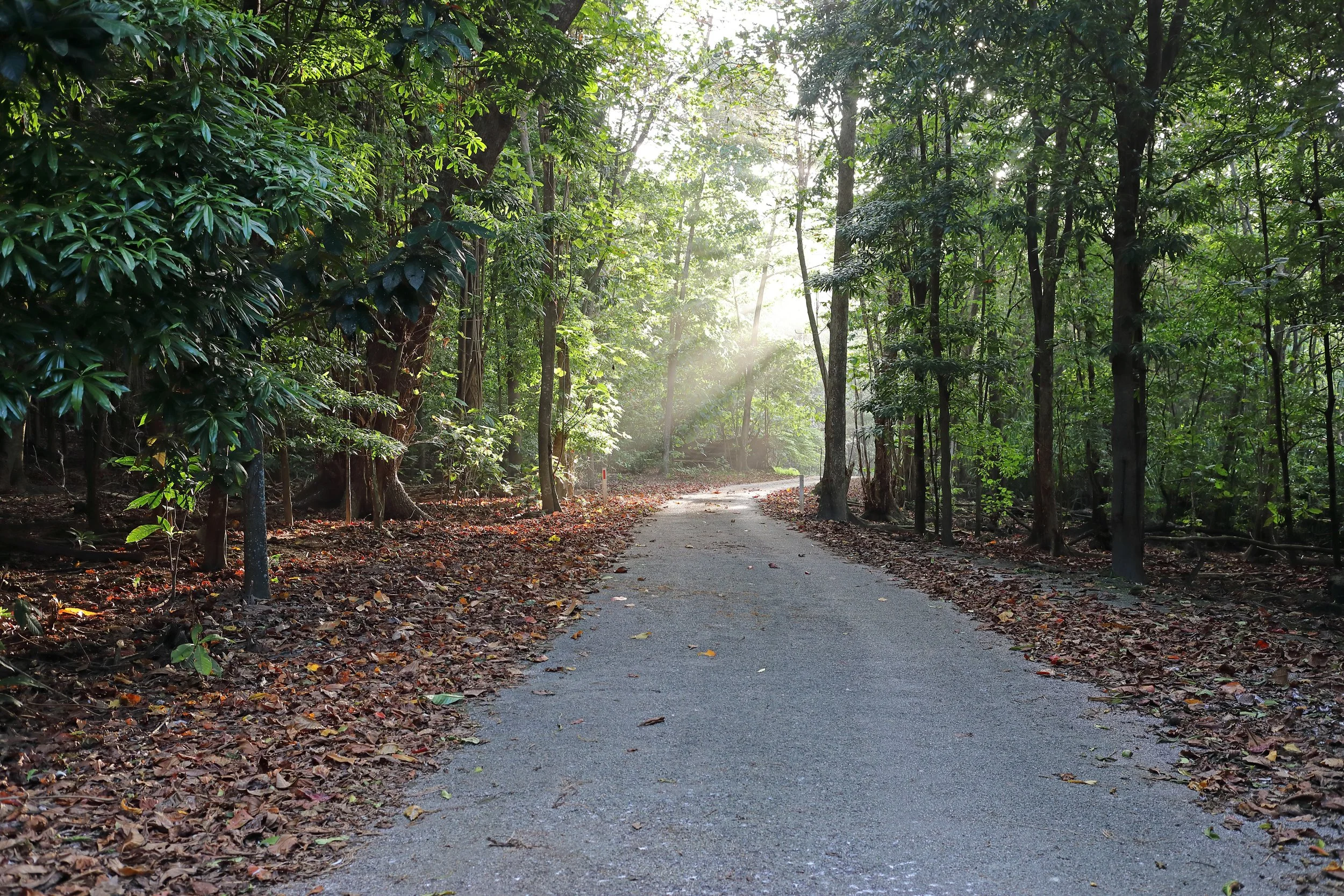






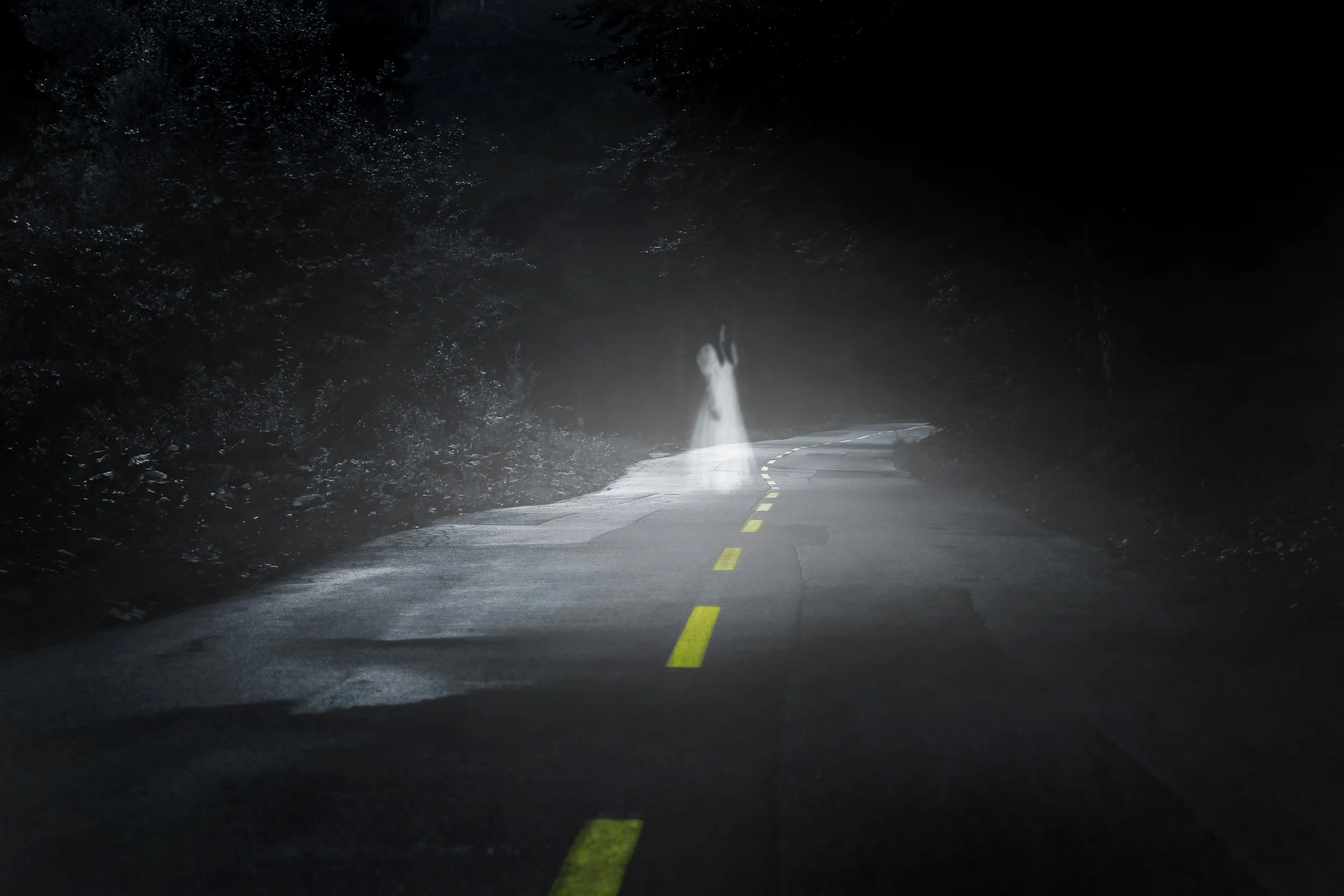







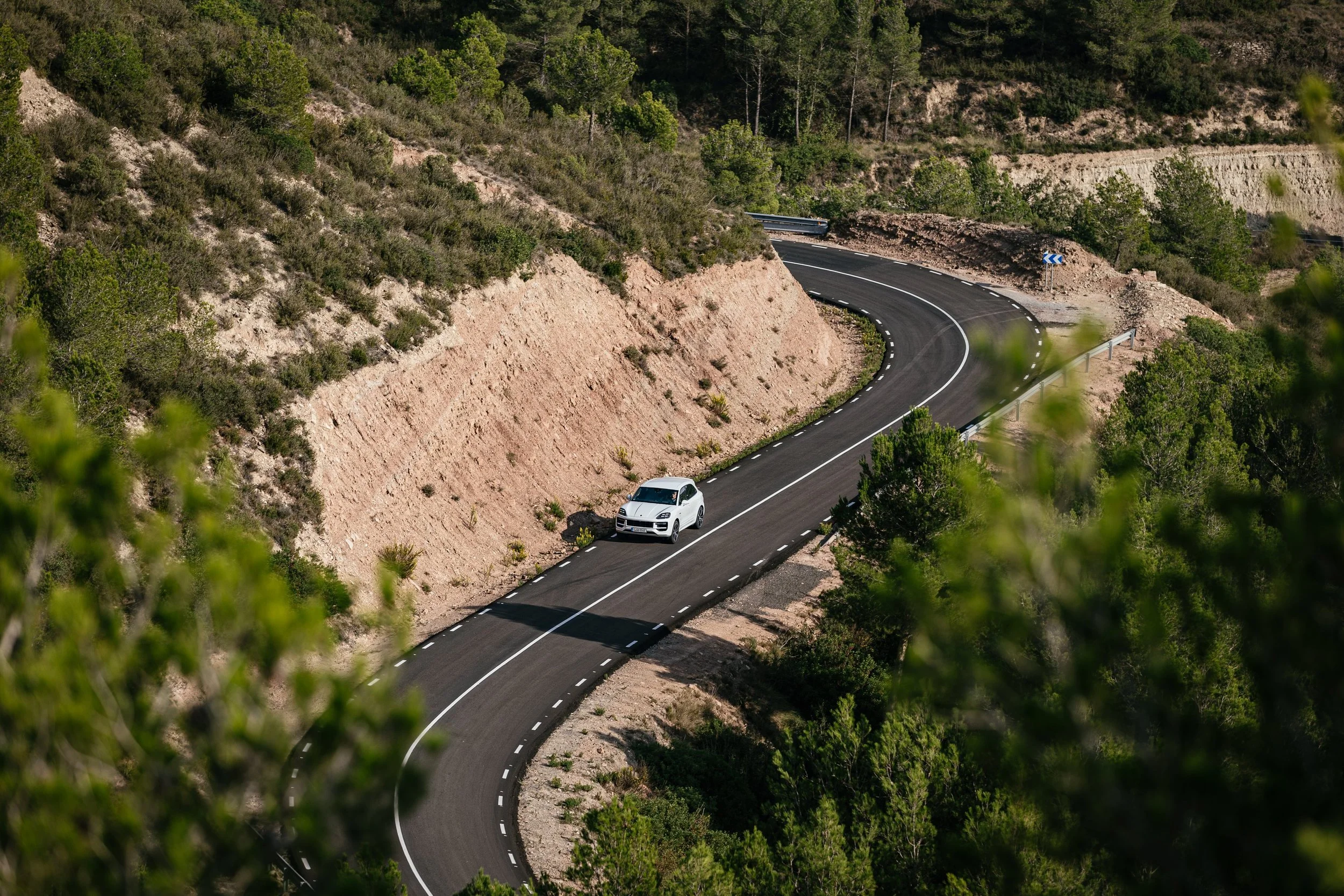













It’s the end of the road for 2025 and a chance to reflect on the best road trips of the year.